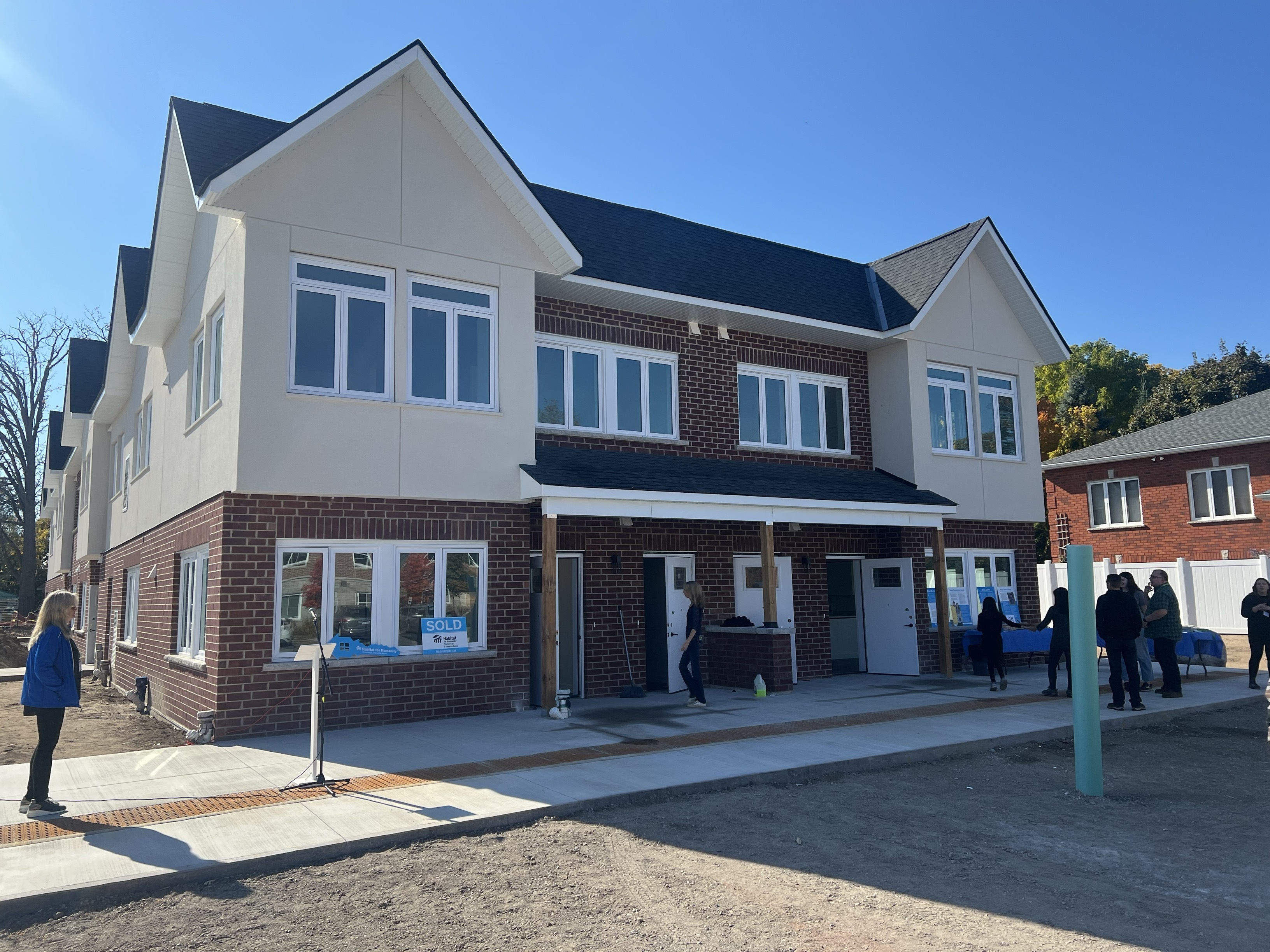Municipalities hold many of the keys to creating needed housing, but little progress is being made
It is no secret that we are in a housing crisis affecting everyone. More and more people at every age and stage of life struggle to find housing that meets their needs – whether it is social housing, market rentals or homeownership. And the lack of deeply affordable housing for vulnerable and marginalized people means that they are being denied a basic human right: the right to housing.
Our current solutions are not delivering the affordable housing we need. We must build more, build faster, and build now. Municipalities hold many of the keys to creating needed housing – affordable housing targets, plans and the authority to act – but little progress is being made because of two significant issues: land and “not in my backyard”, or NIMBYism. We need to focus on fixing those two issues that are holding municipal governments back from making real progress on affordable housing.
It is obvious that people building affordable housing need affordable land to build on, but they frequently lose out when competing for land with speculators and for-profit developers. Municipalities can help by designating land to be used only for affordable housing. Beyond that, they can collaborate with other orders of government to make more land available by creating land acquisition funds for affordable housing developers, supporting community land trusts, and improving the Federal Lands Initiative and other programs that transfer unneeded government land for more productive uses.
As many housing advocates have noted, progress to fix housing is slow, but some Canadian municipalities are making the changes needed to create more affordable housing for all.
Victoria’s city council approved legislation to speed up approvals for eligible affordable housing projects by non-profit, government or co-op organizations: projects that already meet the city’s official community plan will no longer require rezonings or public hearings. This is a great step forward.
Meanwhile, in Edmonton, a new zoning bylaw renewal project would simplify zoning and see the city increase density by moving away from detached homes and allow for row houses or small apartments in many residential areas – a good idea but one that is still taking years to implement.
And London’s city council is working to meet its ambitious goal of increasing urban density by having 45 per cent of all new developments involve infill or intensification.
London has successfully overcome opposition to several housing developments that will help to achieve this goal. This should embolden other municipalities to deepen their resolve and stop letting NIMBYism derail much-needed affordable housing.
When people complain about homeless encampments in parks, I suspect that many of them also complain to their city councillor when a new deeply affordable housing project is announced in their neighbourhood – one that will ultimately alleviate the need for homeless encampments. We can’t let this contradiction stymie action to create needed housing.
At best, NIMBYism divides communities, delays the building of much-needed housing, and causes additional financial stress, especially for non-profit housing providers. At worst, NIMBYism directly threatens the safety and lives of those who are in dire need of a safe and decent place to call home. No one wins when we let NIMBYism hold us back.
Affordable housing requires an all hands on deck approach, with municipal governments central to every solution. Most have the tools, policies, and federal funding they need to act decisively and quickly to build the housing that their communities need. If they can focus on fixing the issues that are holding them back – such as access to affordable land for affordable housing developers and NIMBYism – we will see more affordable housing for everyone.
At Habitat, we see time and again the power of families moving along the path to homeownership. With safe and secure housing, people become more financially stable and independent and they’re able to transform their futures and communities. Their health and education outcomes improve, which leads to better employment outcomes and financial stability, and benefits their families and our communities. It’s time to start building.


